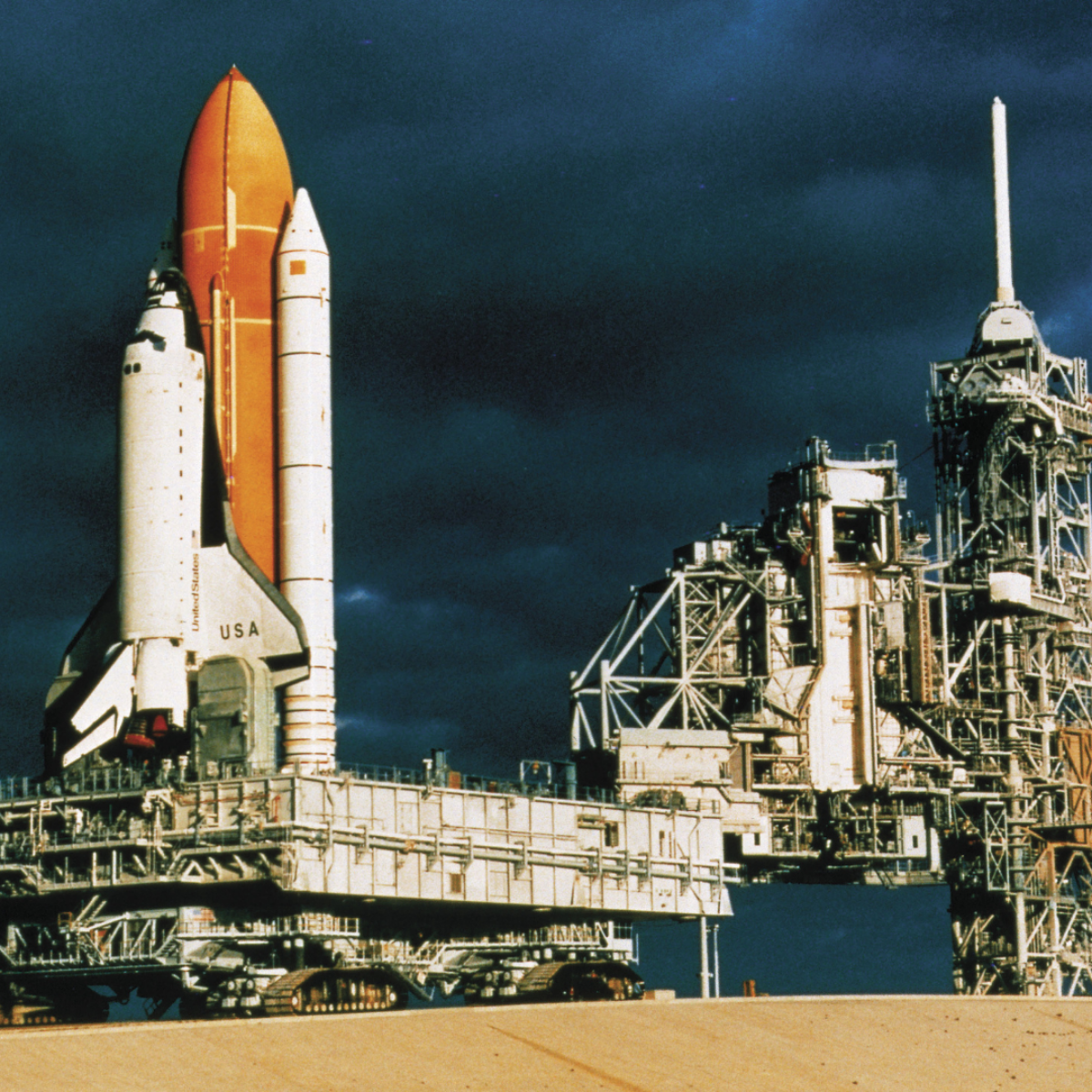What was the most epic year for science and tech? Was it 1969 – when ARPANET, the precursor to the internet, was built? That breakthrough laid the groundwork for the globally interconnected network that has become integral to our normal life. It was also of course the year of the Apollo 11 moon landing, a monumental achievement in space exploration and engineering.
I would argue that another year might be even more momentous. Let’s wind back the clock to 1958 – the unsung hero of modern innovation.

Explorer 1 vs Sputnik
Our tale begins under the vast, starlit sky of Florida’s Cape Canaveral, with the Explorer 1 satellite mission sent in response to the Soviet Union’s groundbreaking Sputnik launches. The launch had implications beyond retaliation in the burgeoning space race that had captured the world’s attention. The data transmitted back to earth included details of a profound revelation about our planet’s place in the cosmic dance.

NASA and DARPA
NASA emerged not only as a response to the space race, but also as a commitment to technological innovation and embracing the unknown. Some of the tech developed under NASA’s wing has become an integral part of modern life – for instance satellite communication systems, which enable everything from weather forecasting to global telecommunications.
As for DARPA? They’re the cool geeks turning sci-fi into reality. Founded based on the subsequent realisation that the future would be shaped by technological supremacy. It birthed technologies from GPS, which redefined navigation, to speech recognition, drones, and autonomous vehicles – all of which are either already or close to featuring in our everyday lives. DARPA also eventually led to the creation of the ARPANET (the aforementioned precursor to the internet) in 1969.

The Integrated Circuit
Moving on from the Space Race, 1958 also marked the year of the invention of the integrated circuit (IC). This was more than a small step – it laid the foundational stone for what would become the digital age. It was a radical redefinition of what was possible in the palm of our hands.
Before its invention, electronic circuits were composed of individual components connected by wires, resulting in large, cumbersome, and less reliable systems. Integrating these into one tiny silicon chip allowed for unprecedented levels of complexity and functionality.
Linking back to space exploration, these integrated circuits were integral to the computers that controlled and navigated the Apollo spacecraft, ultimately making the moon landing possible.

Modern Life
Fast track to now, and integrated circuits are the unsung heroes in everything digital – in your watch, your TV, even your fridge. They’re the secret sauce in tech’s exponential growth. The efficiency and scalability of ICs allowed for the exponential growth in computing power – summed up in Moore’s Law, which observes that the number of transistors in ICs doubles roughly every two years.
From enabling vast space missions to the intricate workings of our smartphones, the ICs invention was a watershed moment, driving humanity forward in its relentless pursuit of progress.
Linking back to space exploration, these integrated circuits were integral to the computers that controlled and navigated the Apollo spacecraft, ultimately making the moon landing possible.

1958 to 2024
What does an island like Jersey learn from this? That size doesn’t define our reach. Just as 1958 showed us that small components could power vast expeditions and compact chips could compute colossal data …
Picture this: in just one year, a handful of visionaries, scientists, and dreamers shook the world, setting in motion a domino effect of innovation and exploration that still ripples through our lives today.
As our journey through the pivotal year of 1958 comes to a close, we’re left with more than just a history lesson. We’re armed with a blueprint for innovation that’s as relevant for Jersey today as it was for the world then.
So whenever you use your smartphone, navigate with GPS, or simply marvel at humanity’s footprints on the Moon, give a little nod to 1958. That’s the year that set the ball rolling, proving that when it comes to progress and innovation, the sky’s just the beginning.
What could be next?
Linking back to space exploration, these integrated circuits were integral to the computers that controlled and navigated the Apollo spacecraft, ultimately making the moon landing possible.
